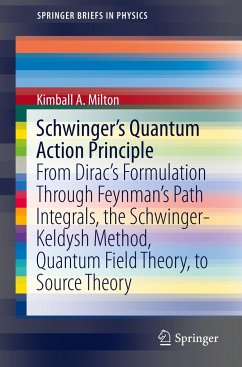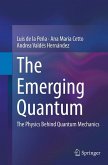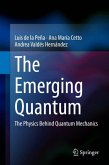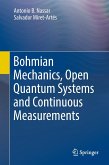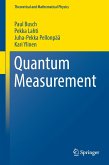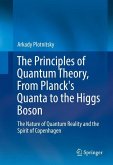Starting from the earlier notions of stationary action principles, these tutorial notes shows how Schwinger's Quantum Action Principle descended from Dirac's formulation, which independently led Feynman to his path-integral formulation of quantum mechanics. Part I brings out in more detail the connection between the two formulations, and applications are discussed. Then, the Keldysh-Schwinger time-cycle method of extracting matrix elements is described. Part II will discuss the variational formulation of quantum electrodynamics and the development of source theory.
"The main goal of this short book is to examine quantum action principles and, in particular, the Schwinger action principle. ... For anyone who is interested in a good but brief introduction to the subject, this monograph should be considered." (Paul F. Bracken, Mathematical Reviews, April, 2016)

